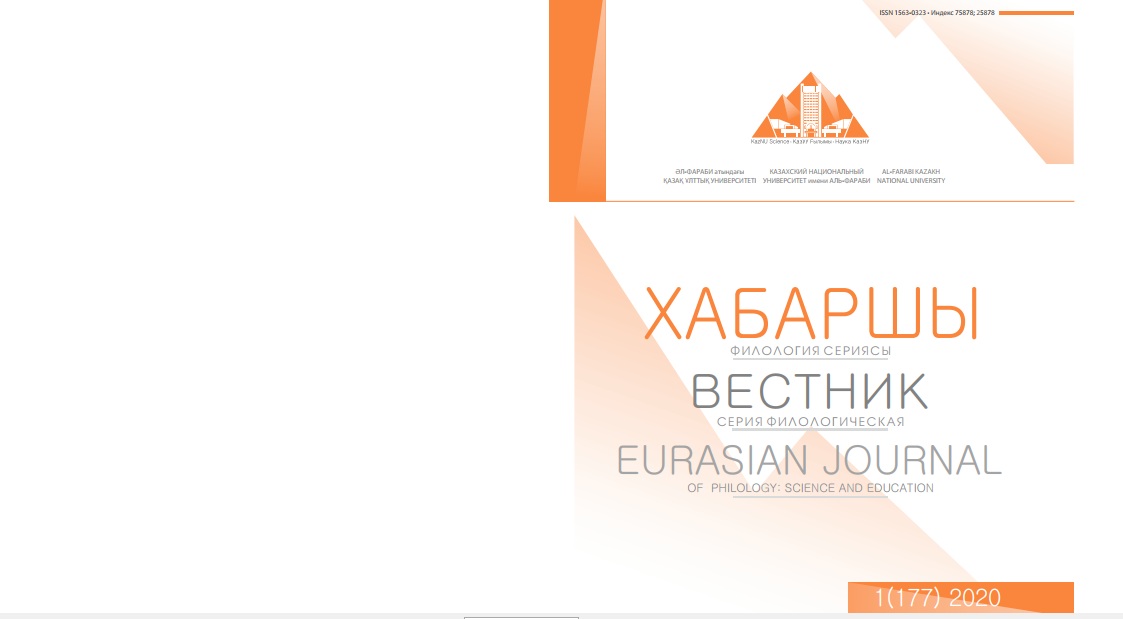The continuous eposes (The series created by the epos “Edigu”)
DOI:
https://doi.org/10.26577/EJPh.2020.v177.i1.ph7Abstract
The series of the epos is called “циклизация эпосов” (“The cyclization of the eposes”) by the Russians, but the Turks call it as “destanlar dairesi” (“The circle of the eposes”). The epic series of “GirkhBatyr” (“Forty heroes”) epics is widespread among the Turkish folks living alongside the Volga, in Siberia,
Kazakhstan, Uzbekistan, and the North Caucasus and are known as the “Nogayin girkh batyri” (“Nogay’s
forty heroes”), “Krimin girkh batyri” (“Forty heroes of Crimea”) or “Nogay jirlari” (“Nogay zhyrs”). The
epic series of “Nogayin girkh batiri” is divided into three parts with the names such as “Anshibay batir ve
onun nesli” (“Hero Anshibay and his generation”), “Karadon batir ve onun nesli” (“Hero Karadon and his
generation”) and “Mukhtalif batirlarla bagli mustegil jirlar” (“The independent zhyrs about the different
heroes”). In the article it will be said about the eposes belonging to the series.
Including the Edigey epic, the cyclization of the epics has been structured based on the Kazakh variant. The first phase of cyclization is the “Anshibay Batyr” epic, the second phase is “Parpariya” and the
third is the “Kuttikiya” epic. The fourth phase of cyclization is the “Edigey” epic, the fifth is the “Nuradin”
epic. The sixth is the “Musakhan”, the seventh is the “Orak and Mamay” epic. The eighth phase of the
cyclization takes the epic “Ismayil”. This is the only epic within the cyclization where the son treats his
generation with ruthlessness and cruelty. The ninth phase is occupied by the epic “Karasay and Kazi” and
the tenth phase takes the epic “Tel Agis”.
Although the sources and variants we appeal to are different, we consider the Murin Sengirbekuli`s
variant as the main chain in the cyclization. All variants we have mentioned the epic`s cyclization isn`t
as cyclical as it is in Murin Sengirbekuli.






